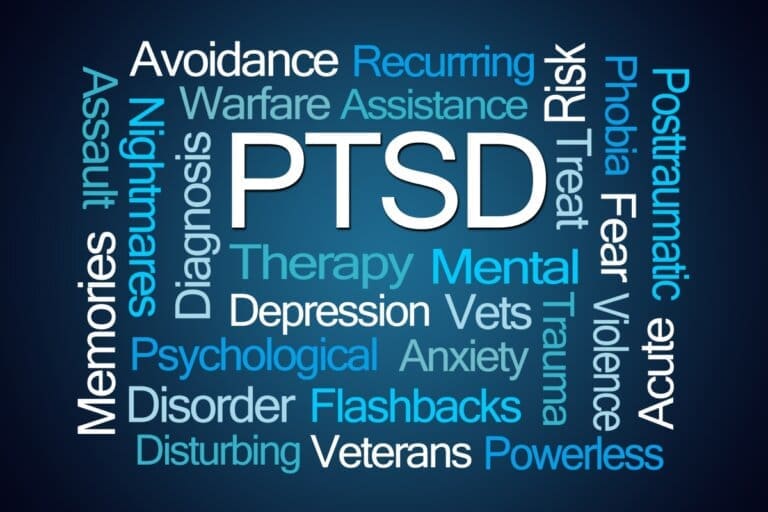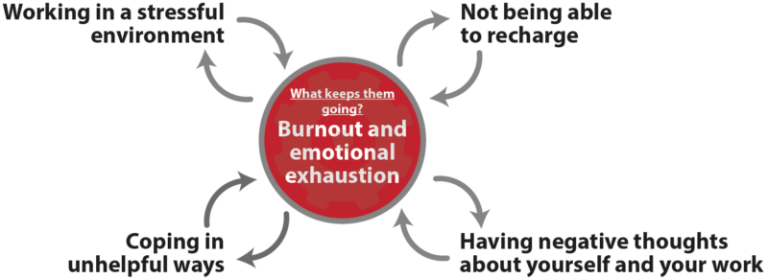Navigating the Path to Healing Exploring PTSD Therapy

Understanding PTSD and the Importance of Therapy
Post-traumatic stress disorder (PTSD) is a mental health condition that can develop after an individual experiences or witnesses a traumatic event. This disorder can severely impact a person’s ability to function in daily life, often manifesting through flashbacks, nightmares, and emotional numbness. PTSD can affect anyone, regardless of age or background. Fortunately, PTSD therapy offers hope for those struggling with the emotional and psychological aftermath of trauma. This article will explore what PTSD is, the importance of PTSD therapy, and how different types of therapy can aid in recovery.
What is PTSD?
PTSD is a response to experiencing or witnessing a traumatic event that causes intense distress. Some common triggers for PTSD include:
- Combat or war exposure
- Sexual assault or physical violence
- Accidents or natural disasters
- Sudden loss of a loved one
The symptoms of PTSD can vary from person to person but often include:
- Flashbacks or intrusive memories of the trauma
- Nightmares related to the traumatic experience
- Avoidance of reminders or situations that may trigger memories of the trauma
- Hypervigilance (feeling constantly on edge or easily startled)
- Emotional numbness or difficulty connecting with others
For many individuals, these symptoms can make everyday life challenging, but PTSD therapy provides effective strategies for managing and overcoming these symptoms.
The Role of PTSD Therapy in Healing
PTSD therapy plays a crucial role in helping individuals process their trauma, reduce symptoms, and rebuild their lives. Therapy is often considered one of the most effective ways to treat PTSD, as it addresses the root causes of the condition and helps individuals develop healthier coping mechanisms.
While each person’s journey with PTSD is unique, therapy offers a path toward healing by offering a safe space for expression and emotional processing. Through PTSD therapy, individuals can learn to manage their symptoms, rebuild their sense of self, and regain control over their lives.
Types of PTSD Therapy
There are several therapeutic approaches designed to help individuals cope with and recover from PTSD. Each approach has its own set of techniques, but all aim to help individuals process the trauma and reduce its emotional grip. Here are some of the most effective PTSD therapy options:
1. Cognitive Behavioral Therapy (CBT)
Cognitive Behavioral Therapy (CBT) is one of the most widely used and effective treatments for PTSD. CBT focuses on identifying and challenging negative thought patterns that contribute to PTSD symptoms. In particular, Trauma-Focused CBT is designed specifically for individuals dealing with trauma and PTSD.
- Key Elements of Trauma-Focused CBT:
- Identifying and challenging negative beliefs about oneself or the world.
- Gradual exposure to trauma-related memories to reduce their emotional intensity.
- Learning coping strategies to manage distressing emotions.
CBT has been shown to be effective in reducing symptoms like anxiety, depression, and intrusive thoughts, making it a popular choice for PTSD therapy.
2. Eye Movement Desensitization and Reprocessing (EMDR)
Eye Movement Desensitization and Reprocessing (EMDR) is another powerful PTSD therapy method that uses bilateral stimulation (e.g., guided eye movements) to help individuals reprocess traumatic memories. EMDR aims to reduce the distress associated with trauma-related memories and integrate these memories into the person’s broader memory system.
- How EMDR Works:
- The therapist guides the client to focus on distressing memories while performing eye movements or other forms of bilateral stimulation.
- This process helps to “re-wire” the brain’s response to the traumatic memories, making them less overwhelming over time.
Many individuals who have undergone EMDR report significant improvements in their ability to cope with trauma-related symptoms, making it an effective treatment option for PTSD therapy.
3. Prolonged Exposure Therapy (PE)
Prolonged Exposure Therapy (PE) is another form of PTSD therapy that involves the gradual exposure of a person to trauma-related thoughts and situations in a controlled and safe environment. The goal is to reduce avoidance behaviors and allow the person to process their trauma more effectively.
- Key Aspects of Prolonged Exposure Therapy:
- Imaginal Exposure: The individual is asked to vividly recall and describe the traumatic event.
- In Vivo Exposure: The person gradually confronts real-world situations that remind them of the trauma, which helps to reduce the emotional power of those reminders.
PE can help individuals regain a sense of control over their lives and reduce the anxiety associated with trauma-related reminders.
4. Psychodynamic Therapy
Psychodynamic therapy focuses on exploring the unconscious processes that influence thoughts, feelings, and behavior. In the case of PTSD, psychodynamic therapy helps individuals uncover unresolved emotions and past experiences that may be contributing to their current struggles with trauma.
- Benefits of Psychodynamic Therapy:
- It explores the deeper emotional impact of trauma on an individual’s relationships and self-perception.
- Helps the person gain insight into how past experiences affect their present behavior and emotional responses.
- Encourages healthier emotional expression and coping mechanisms.
Psychodynamic therapy can be particularly beneficial for individuals who have experienced complex or long-term trauma and may need help addressing underlying emotional conflicts.
5. Medication and Therapy Combination
In some cases, therapy may be combined with medication to treat PTSD. While PTSD therapy addresses the psychological aspects of the disorder, medications can help manage symptoms such as anxiety, depression, and insomnia.
- Common Medications for PTSD:
- Selective serotonin reuptake inhibitors (SSRIs) like sertraline (Zoloft) and paroxetine (Paxil)
- Serotonin-norepinephrine reuptake inhibitors (SNRIs) like venlafaxine (Effexor)
Medications may be prescribed in conjunction with PTSD therapy to provide comprehensive care and alleviate specific symptoms.
The Benefits of PTSD Therapy
Participating in PTSD therapy can offer a wide range of benefits that support both immediate relief and long-term recovery. Here are some of the key advantages:
- Reduced PTSD Symptoms: Therapy helps to decrease the intensity and frequency of PTSD-related symptoms such as flashbacks, hypervigilance, and emotional numbness.
- Improved Emotional Regulation: Individuals can learn to manage their emotional responses and reduce overwhelming feelings of fear, anger, or sadness.
- Enhanced Coping Skills: Therapy teaches individuals effective coping strategies to deal with stress and anxiety in healthy ways.
- Rebuilding Relationships: PTSD often strains relationships with family and friends. Therapy can help improve communication and re-establish connections.
- Restored Sense of Control: Through therapy, individuals can regain control over their lives and develop a renewed sense of hope and empowerment.
How to Find the Right PTSD Therapist
Finding the right therapist is essential to successful treatment. Here are some steps to help you choose the best PTSD therapist for your needs:
- Research Qualifications: Ensure the therapist is licensed and has experience in treating PTSD, particularly with the therapy modalities you are interested in.
- Ask About Specializations: Look for therapists who specialize in trauma and PTSD treatment, especially those trained in methods like EMDR or Trauma-Focused CBT.
- Consider Comfort and Trust: It’s important to feel comfortable with your therapist. Trust is key to the therapeutic relationship, so choose someone you feel at ease with.
- Check for Reviews or Recommendations: Research feedback from previous clients or ask for recommendations from trusted healthcare professionals.
Conclusion: Starting Your Healing Journey with PTSD Therapy
PTSD can be an overwhelming condition, but with the right PTSD therapy, individuals can regain control of their lives and begin their journey to healing. Whether through Cognitive Behavioral Therapy, EMDR, or Prolonged Exposure Therapy, there are various options available to address the unique needs of each person. Therapy offers a chance to process trauma, reduce symptoms, and improve emotional well-being.
Remember, seeking therapy is a brave step towards healing. If you or someone you know is struggling with PTSD, reaching out to a trained therapist can be the first step in reclaiming peace, hope, and emotional resilience.






